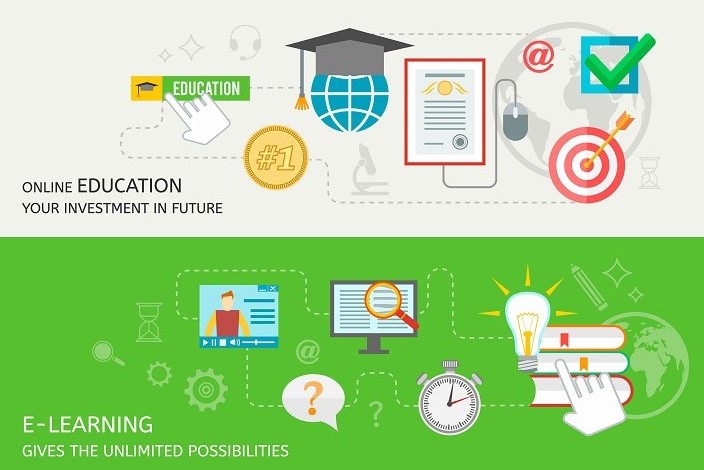Close

Search

Latest blogs
eLearning Resources
This eBook explores how generative AI is transforming eLearning through personalized, data-driven instructional design. It highlights AI's capabilities in creating custom learning paths, generating content, and providing predictive analytics to forecast learner performance. AI enhances learning analytics, offering real-time insights and deep data analysis to refine courses continuously. It also automates reporting, supports instructors in decision-making, and powers scenario-based simulations.
The book also addresses challenges in implementing AI—such as data privacy, bias, infrastructure needs, and educator resistance—and provides strategies to overcome them. It concludes with best practices for selecting AI tools, building AI-ready infrastructure, and integrating AI effectively without replacing the human element in education. Case studies from corporations and universities illustrate successful applications, and future trends like emotional AI and VR-driven learning are explored.
Video-Based Learning
Teaching complex workflows or creative techniques can be challenging-especially
when traditional video tutorials fall short in engagement and retention. By
combining video overlays, embedded knowledge checks, and branching video
scenarios, educators ...
eLearning Resources
The ASSURE Model is a systematic instructional design framework specifically developed for planning and delivering technology-integrated lessons. Developed by a team of educational technology experts: Dr. Robert Heinich (Professor Emeritus at Indiana University known for his pioneering work in educational technology), Dr. Michael Molenda (Professor Emeritus at Indiana University's Instructional Systems Technology department), Dr. James D. Russell (Professor at Purdue University specializing in instructional design), and Dr. Sharon E. Smaldino (Professor at Northern Illinois University focusing on technology integration in education). Together, these scholars combined their expertise in educational technology and instructional design to create the ASSURE model in the 1990s. This model ensures that technology and media are used effectively to enhance learning outcomes. ASSURE stands for Analyze learners, State objectives, Select methods and materials, Utilize media and materials, Require learner participation, and Evaluate and revise. Its systematic approach helps educators create engaging, technology-enhanced learning experiences while ensuring alignment with learning objectives and student needs.
eLearning Resources
The Herrmann Brain Dominance Instrument (HBDI), developed by American creativity researcher and author Ned Herrmann, categorizes cognitive and thinking preferences into four distinct quadrants. These quadrants represent different approaches to learning and problem-solving based on brain dominance. The HBDI framework highlights those engaging multiple quadrants fosters diverse and enriched learning experiences.
Note: These color codes are copyrighted by Herrmann Brain Dominance Instrument(HBDI), which is a registered trademark of Herrmann International. This representation is for educational purposes only.
Interactive eLearning
As an emerging instructional designer with a background in educational
psychology, I’ve always been fascinated by how people learn. Recently, I decided
to stop researching and start building — even before I had access to
industry-standard tools like ...
Webinars and Workshops

Migrating Adobe Captivate Classic Files to the All-New Adobe Captivate

Creating Dynamic Training with Web Objects in Adobe Captivate: A Hands-On Workshop for Beginners

Creating Scenario-Based Learning Experiences with the All-New Adobe Captivate

Top eLearning Trends for 2025 - Future-Proof Your Learning Strategy

Enhancing eLearning with AI Voices and Audio in Adobe Captivate

Releasing Adobe Captivate 12.5: Ready, Set, Innovate!





















